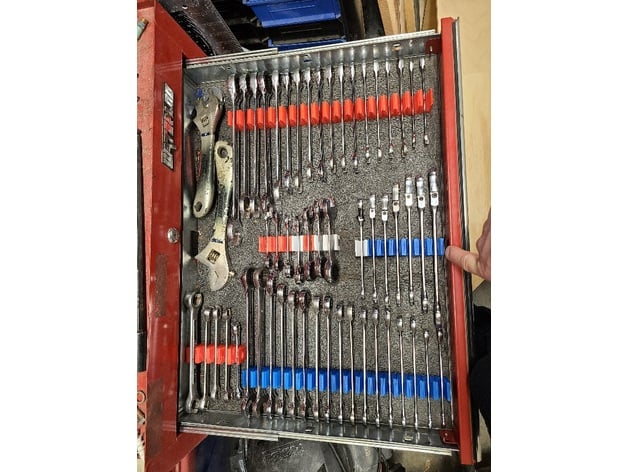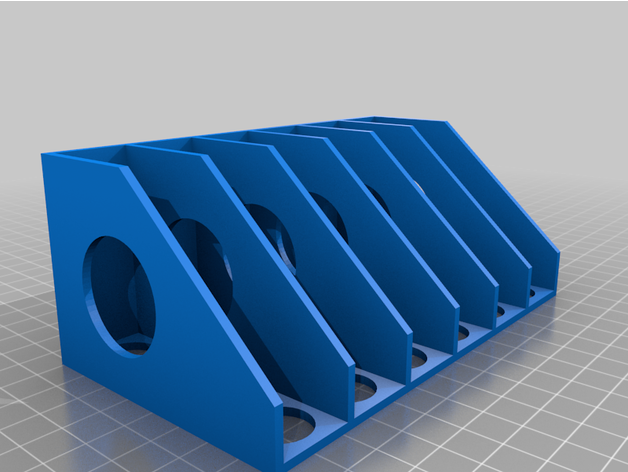- Location
- Draper, UT
If I understand correctly, Klipper is running on the BTT_Octopus controller board and Mainsail is running on the RPi to provide the web GUI to run it. My printer can be driven via WiFi due to the capabilities of the RPi, but I prefer a wired Gb ethernet connection. I've seen some of my g-code files exceed 1 Gbyte when I have lot's of replicated parts in the build and the wired connection is just so fast..
I currently have mine set to 300 mm/s and 3000 mm/s/s acceleration with zero issues......
the new Ender 3 V3 KE is boasting speeds of 500 mm/s. I struggle to see how the quality would hold up at those speeds....the printer would look like it just did some of the FS of FL's bath salts or something.
...
Perhaps I'll dial that up to 500 and 5000 and try to get input shaping running.
From what I've read, ABS and ASA tend to be more UV and heat resistant. That said, if the part is easily replaced, give PLA a try... I think that means I’ll likely be using ABS or ASA?
I assume the listed bed size is not actual printing space right? How close to the edge of the bed can these print? I can’t imagine any big projects, but I’d sure hate to feel like I should have gone bigger.
Is there a downside to bigger printers besides cost? Are they harder to keep warm due to volume or is that not really an issue?
Generally, printers are spec'd by print volume. Mine is 350mmx350mmx350mm. You can print right to the edge of the plate but since you typically stick a flexible steel plate down onto a magnetic base plate, the exact location of the edges tends to wander a bit, say a few mm.
Bigger printers could have looser tolerances if the frame materials weren't scaled up as well.
High end printers may include a separate chamber heater.






